Filter by
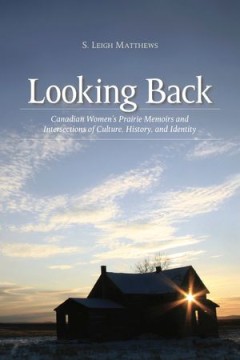
Looking Back : Canadian Women's Prairie Memoirs and Intersections of Culture,…
When we think about women settlers on the Prairies, our notions tend to veer between the nostalgic image of the “cheerful helpmate” and the grim deprivation of the “reluctant immigrant.” In this ground-breaking new study, Leigh Matthews shows how a critical approach to the life-writing of individual prairie women can broaden and deepen our understanding of the settlement era. Reopening …
- Edition
- -
- ISBN/ISSN
- 978-1-55238-595-1
- Collation
- -
- Series Title
- The West series
- Call Number
- 971.202 092 2 MAT l
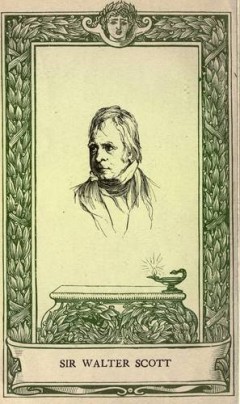
Lives of the Novelists
Providing a nonpartisan and biographical view of famous authors of his time, Scott published Lives of the Novelists in 1821. The book included names like Henry Fielding, Tobias Smollett, Oliver Goldsmith and more.
- Edition
- -
- ISBN/ISSN
- -
- Collation
- -
- Series Title
- -
- Call Number
- 927 SCO l
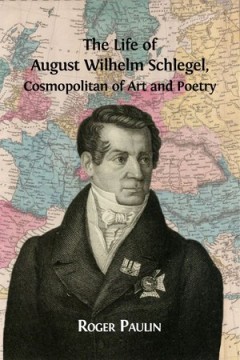
The Life of August Wilhelm Schlegel : Cosmopolitan of Art and Poetry
This is the first full-scale biography, in any language, of a towering figure in German and European Romanticism: August Wilhelm Schlegel whose life, 1767 to 1845, coincided with its inexorable rise. As poet, translator, critic and oriental scholar, Schlegel's extraordinarily diverse interests and writings left a vast intellectual legacy, making him a foundational figure in several branches of …
- Edition
- -
- ISBN/ISSN
- 978-1-909254-97-8
- Collation
- -
- Series Title
- -
- Call Number
- 928 PAU l
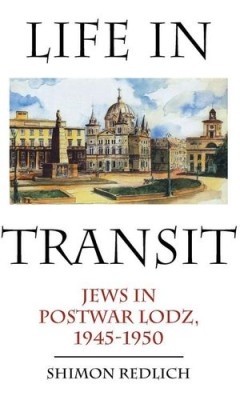
Life in Transit : Jews in Postwar Lodz, 1945-1950
"Life in Transit is the long-awaited sequel to Shimon Redlich’s widely acclaimed Together and Apart in Brzezany, in which he discussed his childhood during the War and the Holocaust. Life in Transit tells the story of his adolescence in the city of Lodz in postwar Poland. Redlich’s personal memories are placed within the wider historical context of Jewish life in Poland and in Lodz during t…
- Edition
- -
- ISBN/ISSN
- 978-1-9346235-21-6
- Collation
- -
- Series Title
- Studies in Russian and Slavic literatures, cultures and history
- Call Number
- 940.531 809 2 RED l
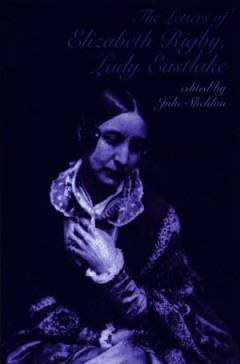
The Letters of Elizabeth Rigby, Lady Eastlake :
2009 was the bicentenary of the birth of the English writer, translator, critic and amateur artist Elizabeth Rigby, Lady Eastlake (1809-1893). Bringing together a comprehensive collection of her surviving correspondence, the Letters of Elizabeth Rigby, Lady Eastlake reveals significant new material about this extraordinary figure in Victorian society. The scope of Lady Eastlake’s writing is w…
- Edition
- -
- ISBN/ISSN
- 978–1–84631–194–9
- Collation
- -
- Series Title
- -
- Call Number
- 920 LET

Learning from the History of British Interventions in the Middle East
Learning from history helps states to create foreign and security policy that builds upon successes and avoids past mistakes. Drawing on a wealth of previously unseen documents, sourced by Freedom of Information requests, together with interviews with government and intelligence agency officials, Louise Kettle questions whether the British government has learned anything from its military inter…
- Edition
- -
- ISBN/ISSN
- 978 1 4744 3798 1
- Collation
- -
- Series Title
- -
- Call Number
- 956 KET l
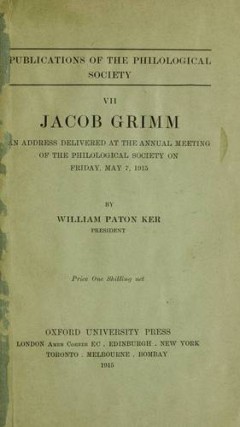
Jacob Grimm : An Address Delivered At The Annual Meeting of The Philological …
This short publication contains a copy of the lecture given at the annual meeting of the Philological Society on the subject of Jacob Grimm.
- Edition
- -
- ISBN/ISSN
- -
- Collation
- -
- Series Title
- -
- Call Number
- 928

The Histories of Raphael Samuel : A portrait of a people's historian
In the first integrated biographical study of his work, this book situates British historian Raphael Samuel (1934–1996) in relation to his distinctive form of activist politics as they developed from youthful Cold War communism to the first British New Left, 1960s radicalism to the 1980s history wars. As the catalyst behind the History Workshop movement, Samuel championed the democratisation …
- Edition
- -
- ISBN/ISSN
- 9781760460372
- Collation
- -
- Series Title
- ANU lives series in biography
- Call Number
- 907.202 SCO h
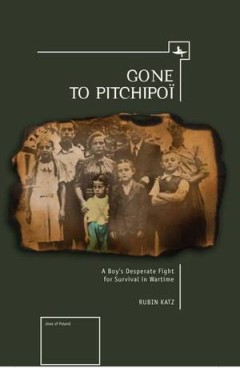
Gone to Pitchipoi : A Boy's Desperate Fight for Survival in Wartime
In Gone to Pitchipoi Katz vividly recalls his experience growing up in the turmoil of WWII, and his extraordinary escape from the constant threats of Nazi occupied Poland. Born in 1931 in the picturesque countryside of Ostrowiec wherein more than a third of the population was Jewish, Katz experienced a constant juxtaposition of traditional ways of life with the tragedies of those years. Deemed …
- Edition
- -
- ISBN/ISSN
- 978-1-61811-234-7
- Collation
- -
- Series Title
- -
- Call Number
- 923 KAT g
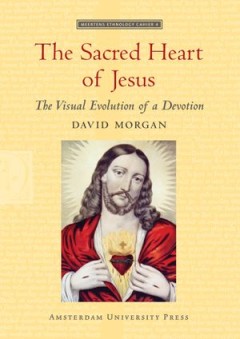
The Sacred Heart of Jesus
Devotion to the Sacred Heart of Jesus has been controversial from its beginning in the life of the French Visitationist nun Margaret Mary Alacoque (1647-1690), who established the devotion after a series of mystical visions of Christ. Under the leadership of Sister Sophie Barat, founder of the Society of the Sacred Heart in 1800, the devotion was taken around the world in the course of the nine…
- Edition
- -
- ISBN/ISSN
- 9789089640192
- Collation
- -
- Series Title
- -
- Call Number
- 900 MOR s
 Computer Science, Information & General Works
Computer Science, Information & General Works  Philosophy & Psychology
Philosophy & Psychology  Religion
Religion  Social Sciences
Social Sciences  Language
Language  Pure Science
Pure Science  Applied Sciences
Applied Sciences  Art & Recreation
Art & Recreation  Literature
Literature  History & Geography
History & Geography